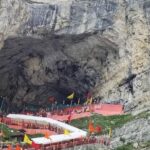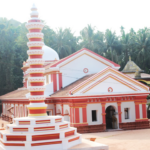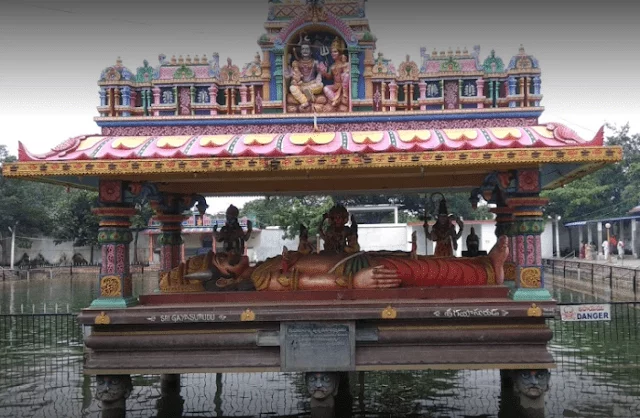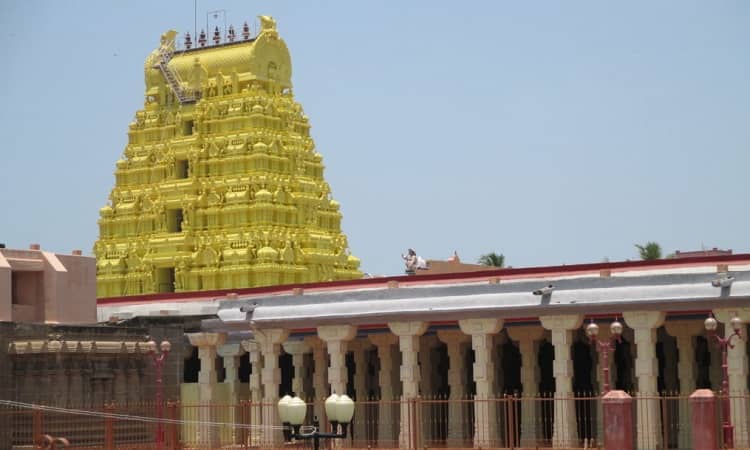Hoysaleswara Temple, located in Halebidu, Karnataka, is an architectural masterpiece and one of the finest examples of Hoysala-style temple architecture. Built in the 12th century during the reign of King Vishnuvardhana of the Hoysala dynasty, this temple is dedicated to Lord Shiva and is renowned for its intricately detailed stone carvings and stunning architecture.
The temple complex consists of two sanctums—one dedicated to Hoysaleswara (Lord Shiva) and the other to Shantaleswara, named after King Vishnuvardhana’s queen, Shantala Devi. Both shrines house a Shivalinga, and the temple’s walls are adorned with thousands of detailed carvings depicting various Hindu deities, mythological scenes, animals, birds, and floral motifs, showcasing the exceptional craftsmanship of Hoysala sculptors.
One of the most remarkable features of the Hoysaleswara Temple is its outer wall, which is covered in sculptures that narrate the epics of the Ramayana, Mahabharata, and Bhagavata Purana. These carvings are so detailed and intricate that even the expressions and ornaments of the figures can be distinctly observed. The temple is also known for its large, polished stone pillars and intricate ceiling designs.
The temple complex includes a beautiful stepped tank called “Kalyani,” adding to its serene atmosphere. Though incomplete and damaged due to invasions over the centuries, the Hoysaleswara Temple remains an iconic symbol of the Hoysala architectural legacy and a major tourist attraction in Karnataka.
Halebidu, meaning “Old City,” was once the capital of the Hoysala Empire, and the temple stands as a testament to the grandeur and cultural achievements of the Hoysala period. The temple is a UNESCO World Heritage Site, drawing historians, art lovers, and devotees from around the world.













